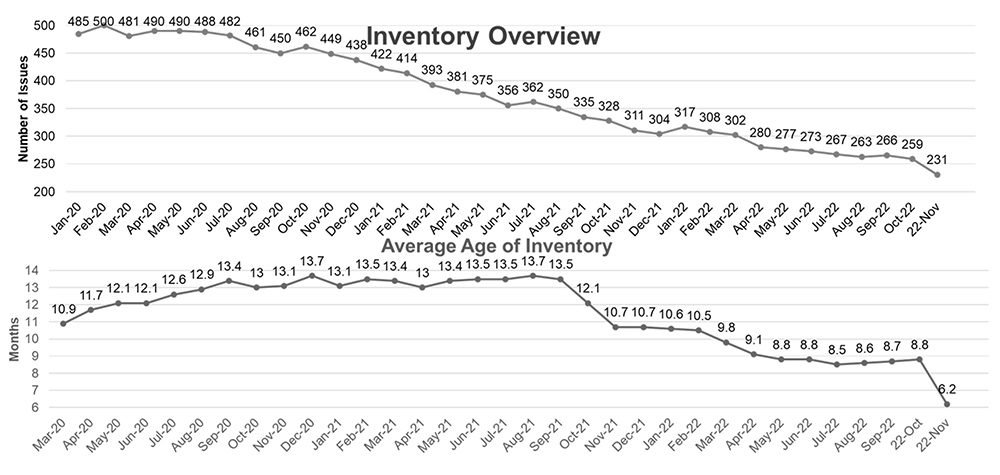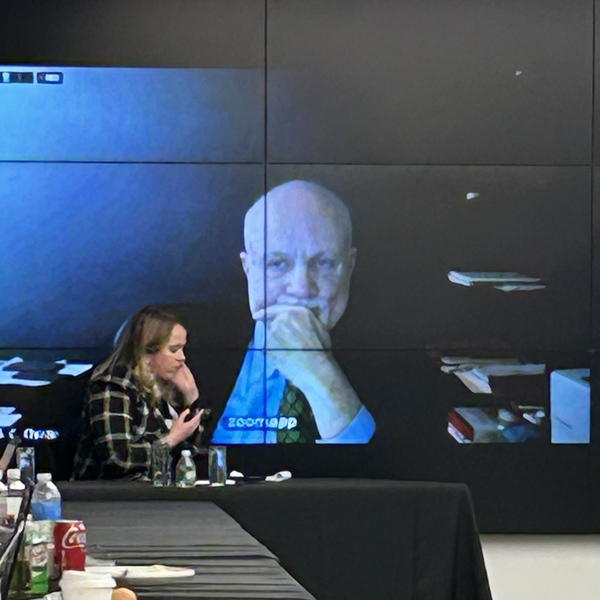The New York State Public Service Commission ordered changes Thursday to improve and standardize the community choice aggregation (CCA) program used by dozens of municipalities.
The PSC said the changes are broadly designed to increase transparency and consistency by clarifying program requirements, imposing commodity price caps, creating an enforcement mechanism to ensure fair and principled operation and ensuring consumer outreach and education efforts are in place.
At the end of 2021, four CCA administrators were serving nearly 100 municipalities with about 200,000 residents, the order said. Many dropped out, however, because of energy market volatility, voided energy service company (ESCO) contracts and utility billing issues.
Many of the changes the PSC ordered Thursday to make CCA participation easier and improve the process are drawn from an April 2021 whitepaper proposal by state Department of Public Service (DPS) staff. The changes include:
- All customers in a given CCA program will be charged the same product price, regardless of enrollment date.
- The price-to-compare information for the CCA market will be made consistent across all CCAs and utilities by using the 12-month trailing average of the utility rate plus a merchant function charge and any defined adder that applies to utility supply customers but not ESCO customers.
- Fixed-rate supply products will be limited to 105% of the 12-month trailing average utility supply rates, and variable-rate products must offer a guaranteed savings, while renewable products will not have a price cap because of limited ability to determine a reasonable price.
- Department staff will prepare a proposal for a statewide solar-for-all program like the one created by National Grid in its upstate New York service area.
- Any distribution utility with tariffed provisions providing for CCAs in its territory must add a dedicated CCA page to its website.
- Standardized templates and guidelines for CCA administrator compliance filings will be created.
- The CCA administrator, utility and ESCO and must notify each other and DPS staff within 48 hours of learning of a billing error that affects 50 or more customers.
- CCA administrators must maintain a list of customers that have opted out of the CCA to prevent the customers from receiving future opt-out notifications.
Additionally, DPS staff must define a competitive solicitation for ESCO service to a CCA and propose ways to promote it. Very few ESCOs respond to requests for proposals now.
“This has led to instances where only one bid was received, and that bid was subsequently accepted even though it was a much higher rate than previously, and no customer benefit could be demonstrated,” the order said. “There should never be a case where a contract is signed because it was the only choice in order to keep the program going. In other words, the continuance of the CCA program should not take precedence over the benefit to customers.”
Thursday’s PSC vote was 5-2, with commissioners John Howard and Diane Burman opposed.
Burman said too much was packed into the order with too little deliberation.
Howard questioned the premise that local governments are capable of making utility supply purchases for constituents and said the lack of participation by residents in CCAs is troubling. He said the measures in Thursday’s order will improve the program but do not go far enough.
In a news release after the vote, PSC Chairman Rory Christian said, “CCAs provide local governments the opportunity to support the energy and environmental needs of their constituents by expanding the choices of energy options available. Eligible customers have the opportunity to have more control over their overall energy costs, to spur clean energy innovation and investment, to improve customer choice and value, and to protect the environment, thereby fulfilling an important public purpose.”

